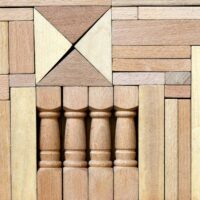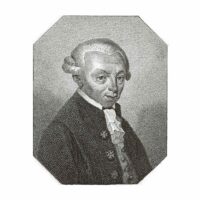Similar methods are used to measure the electromagnetic fields that help us understand the heart and understand the sun. Space probes are being sent to the sun to determine the structure of these fields. Do these fields reveal invisible shaping forces?
The electromagnetic fields of the sun, along with so-called plasma currents, i.e. electrically charged gas particles, reveal structures reminiscent of the spiral forms of the main heart muscles, of the to-and-fro of our blood through its four chambers, and of the heart’s valve actions. Although the following astrophysical research has little to do with the light, warmth, and spiritual aspects of this celestial body, it may help us find a more intimate relationship to our sun.
The Sun’s Magnetic Field, Coming and Going Through Four Chambers
Figure 1 shows the sun’s magnetic field in the plane containing the Earth’s orbit.1 The shape, the so-called Parker Spiral, is perhaps the most fundamental structure of our heliosphere—the sphere of the sun’s influence. Although this form stretches well beyond the planets of our solar system, it is shown here bounded by the measuring satellite on the Earth’s orbit. It is caused by the rotation of the sun during the ejection of the solar wind plasma, which carries the magnetic field with it.
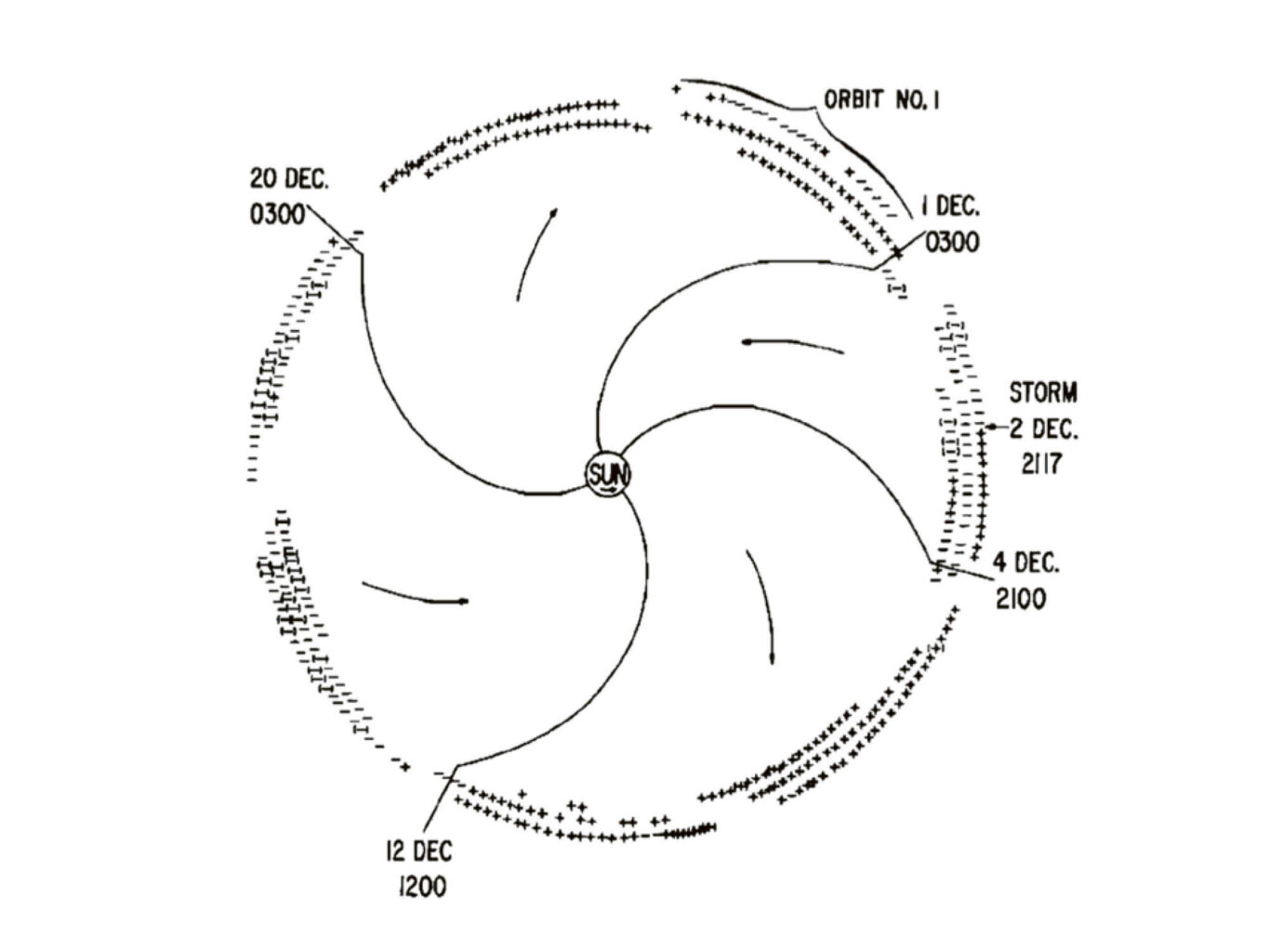
The Archimedean spirals are often, but not necessarily, four in number and delineate the sector boundaries at which the magnetic field changes sign. The origin of the field seems to lie in the interaction of the outflowing solar wind (plasma or electrically charged gas) with the intrinsic magnetic field of the sun. This field and its boundary are by no means constant, switching poles every 11.7 years, with a more turbulent field during its maxima and a more constant field near pole switch. This rhythm is now thought to be due to the resonance caused by the alignment of Jupiter, Earth, and Venus2 to the sun. The heart-field of our solar system, it seems, is sensitive to the planets.
How could this field be related to the flow of blood through the heart? It was Friedwart Husemann who first linked the blood flow into and out of the four chambers of the heart with the entering and exiting field lines through the (generally) four sectors of the Parker Spiral,3 pointing to Rudolf Steiner’s indication:
These currents are often nothing more than paths, so to speak, which certain elementary or higher beings take from one celestial body to another. So that with a clairvoyant consciousness, one sees world-magnetic or world-electric currents pass from one celestial body to another; then, on closer inspection, this dissolves into a group—a swarm of spiritual beings—that moves from one celestial body to another.4
We can consider three further novelties in solar physics to augment this connection.
The Parker Spiral: Muscle of the Sun?
Figure 1 shows the Parker Spiral in a single plane (the ecliptic.) Figure 2 now shows this field in the space above the ecliptic (and it is similar below.)5 For simplicity, only one of the four spiral surfaces is shown. As mentioned before, this structure defines the heliosphere, now not only in the ecliptic plane but at other latitudes.6 Each surface marks the boundary between outward and inward-going fields. The heliosphere “breathes” with the 11-year solar cycle, expanding and contracting in response to changes in solar wind pressure. Is this spiral structure not reminiscent of the wringing motion of the heart’s muscle?7
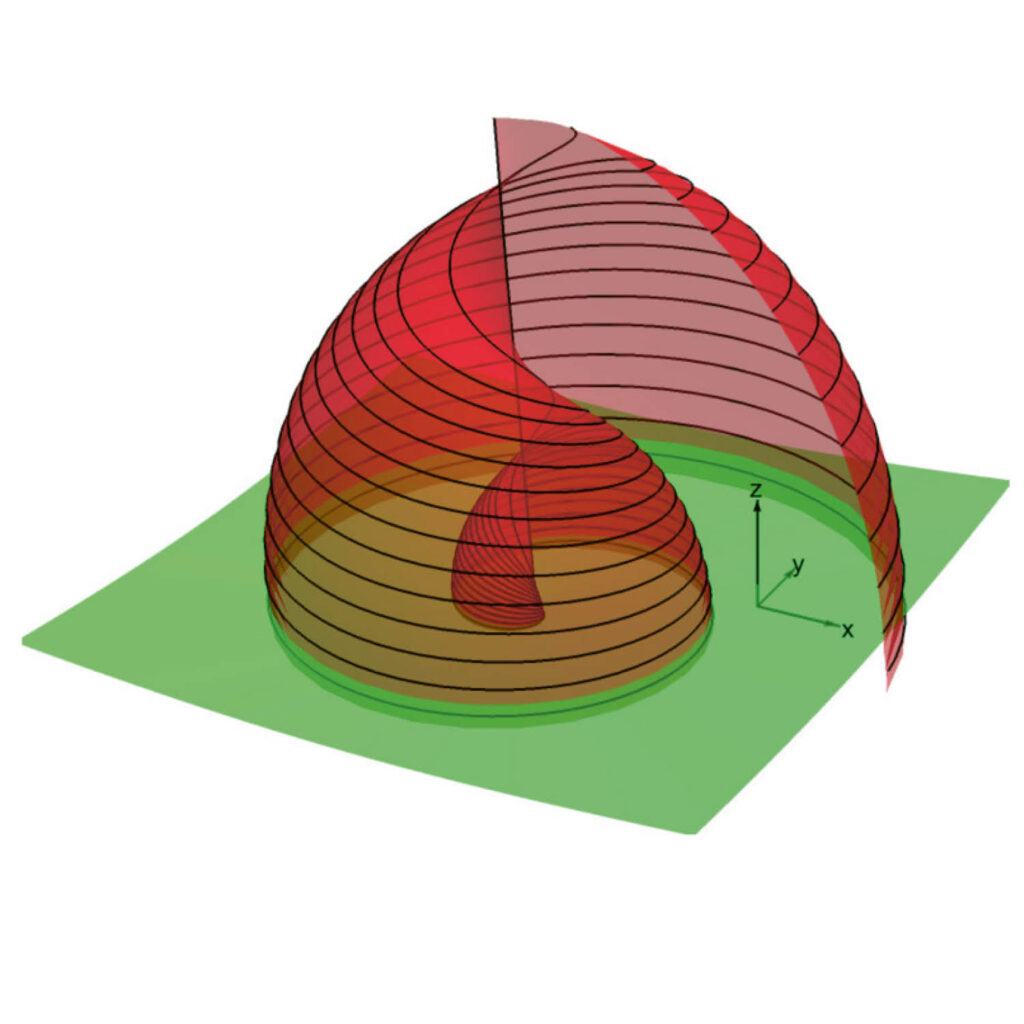
Sun Valves and Solar Snakes
The sun is a source not only of light and magnetism but also plasma: rarefied electrically charged gas. This plasma is generated in the sun and driven out to the furthest reaches of the heliosphere by the sun’s magnetic field. Its flow is modulated by sudden eruptions on the surface of the sun. These so-called coronal mass ejections (CMEs) seem to be coupled with a directed release of much energy: enough, for example, to destroy 38 of the then 49 newly launched SpaceX satellites in February 2022! Figure 3 is a schematic diagram of the three phases of such a CME.

In the first phase, an arch with two feet on the sun (red) grows, often exceeding ten times the earth’s diameter. A “neck” forms (blue arrows) and narrows. When the lines touch, they reconnect, and the two now separated regions shoot in opposite directions (back down to the sun’s surface and outwards away from it). In considering our heart, there are two instances where the flow of blood through the heart is periodically cut off by heart valves—the pulmonary valve from heart to lung and the aortic valve from the heart to the rest of the body. To what extent are the gestures of CMEs and the gestures of heart valves associated? This is something I feel is worth following.
Finally, let us follow the lead-up to a particularly striking eruption on September 5, 2022. A huge “plasma snake” stretching across much of the Sun’s disk was photographed by the ESA’s Solar Orbiter (Figure 4)—a bright spot slithering along its path from right to left at about 170 kilometers per second.8 Such solar snakes seem to be precursors of coronal mass ejections, the ends corresponding to the feet of the growing arch. Looking at this snaking motion, one is reminded of the so-called atrio-ventrical sinus in the heart)—the precursor to the contraction of the cardiac muscle and the basis for electrocardiograms.
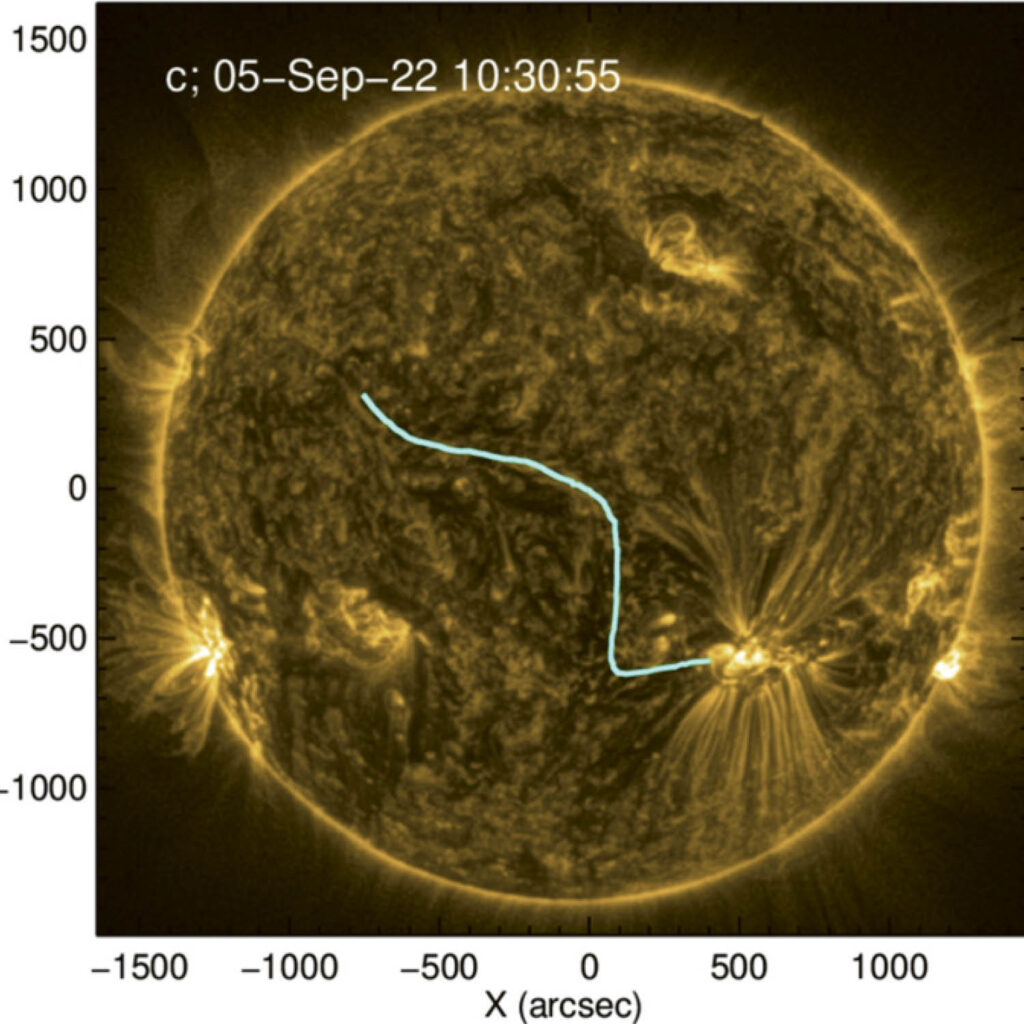
Even though what has been discussed above is speculation, it is offered to help us experience aspects of the cosmos in ourselves. It remains to be seen whether contemplation of these aspects, perhaps even further distilled to symbols, might prove fruitful for our experience of the cosmic heart.
Translation Laura Liska
Footnotes
- Reprinted in H.S. Hudson, L. Svalgard, and I.G. Hannah, “Solar Sector Structure,” in The Solar Activity Cycle, (Springer International Publishing, 2015).
- F. Stefani, G.M. Horstmann, M. Klevs, G. Mamatsashvili, and T. Weier,“Rieger, Schwabe, Suess-de Vries: The Sunny Beats of Resonance,” Sol Phys 299(4), 51 (2024).
- F. Husemann, “Vier Herzkammern und vier Sonnenkammern,” [Four heart chambers and four solar chambers,] Merkurstab (1), 43–45 (1987).
- R. Steiner, “Wege Zu Einem Neuen Baustil. Und Der Bau Wird Mensch,” [Ways to a new style in architecture–true aesthetic laws of form] GA286 Lecture on July 5, 1914.
- C. Lhotka, and Y. Narita,“Kinematic models of the interplanetary magnetic field,” Annales Geophysicae 37(3), 299–314 (2019).
- This image intimates a spherical envelope—an extreme simplification of the heliosphere’s real comet-like shape as our solar system plies its way through the Stellar Wind about the Milky Way.
- G.D. Buckberg, “Basic science review: The helix and the heart,” The Journal of Thoracic and Cardiovascular Surgery 124(5), 863–883 (2002).
- Y.D. Liu, B. Zhu, H. Ran, H. Hu, M. Liu, X. Zhao, R. Wang, M.L. Stevens, and S.D. Bale, “Direct In Situ Measurements of a Fast Coronal Mass Ejection and Associated Structures in the Corona,” ApJ 963(2), 85 (2024).







